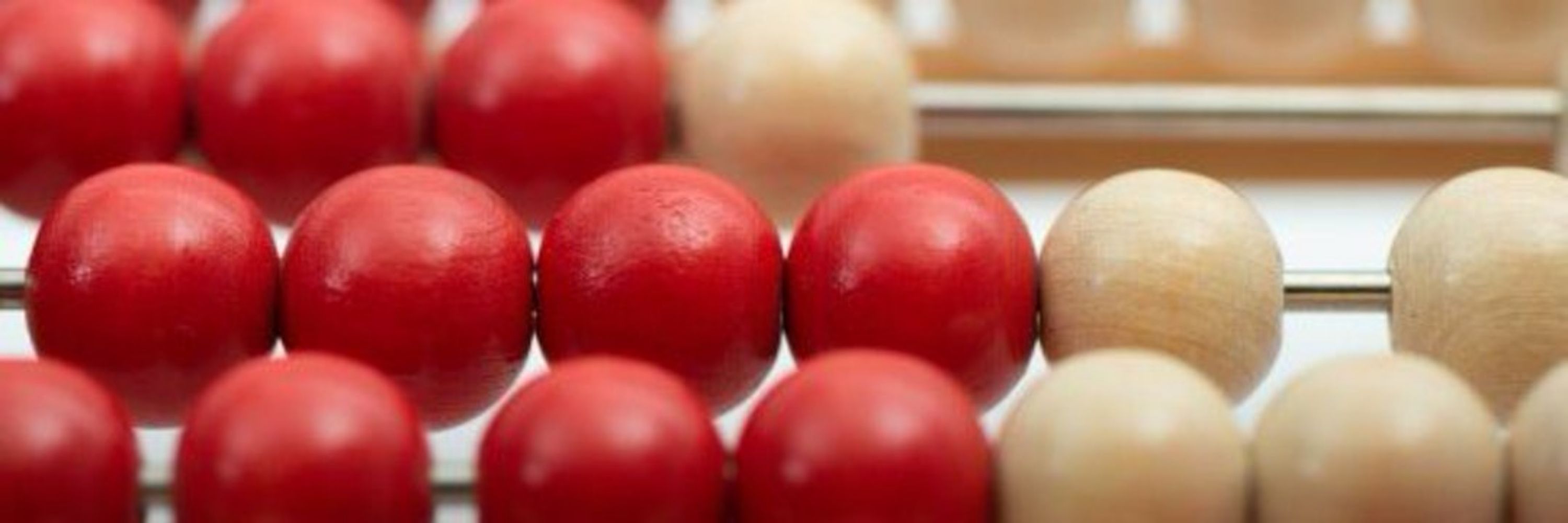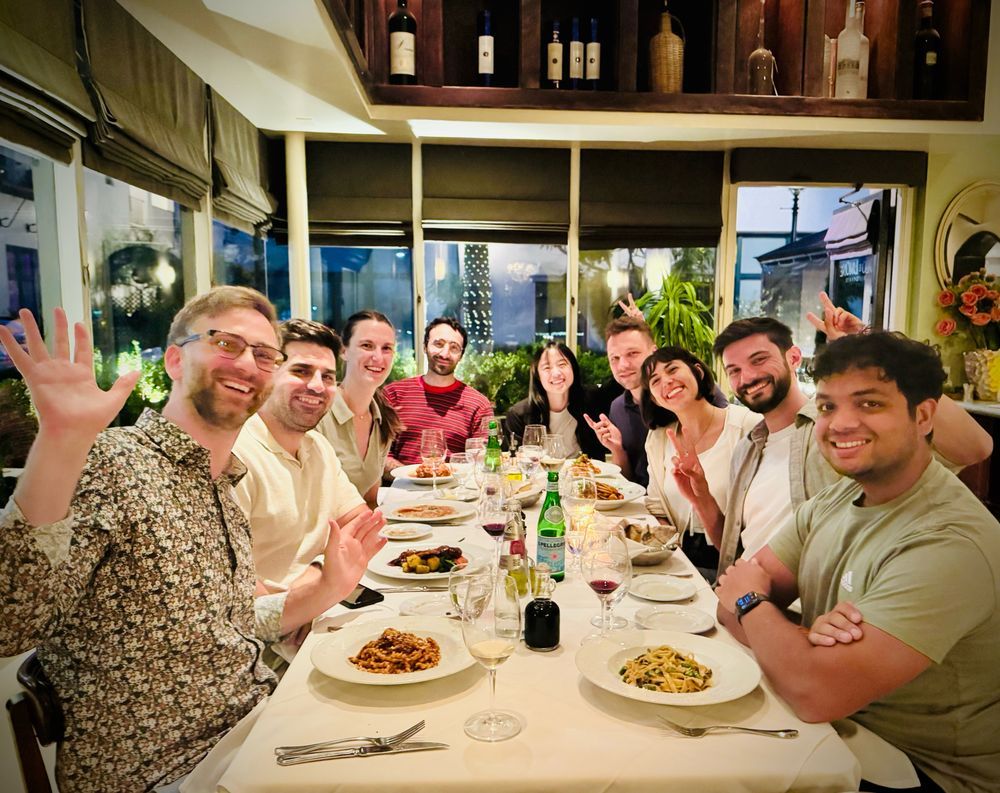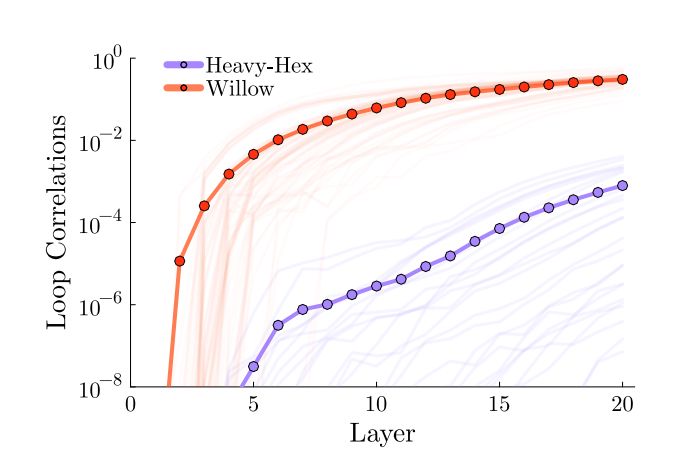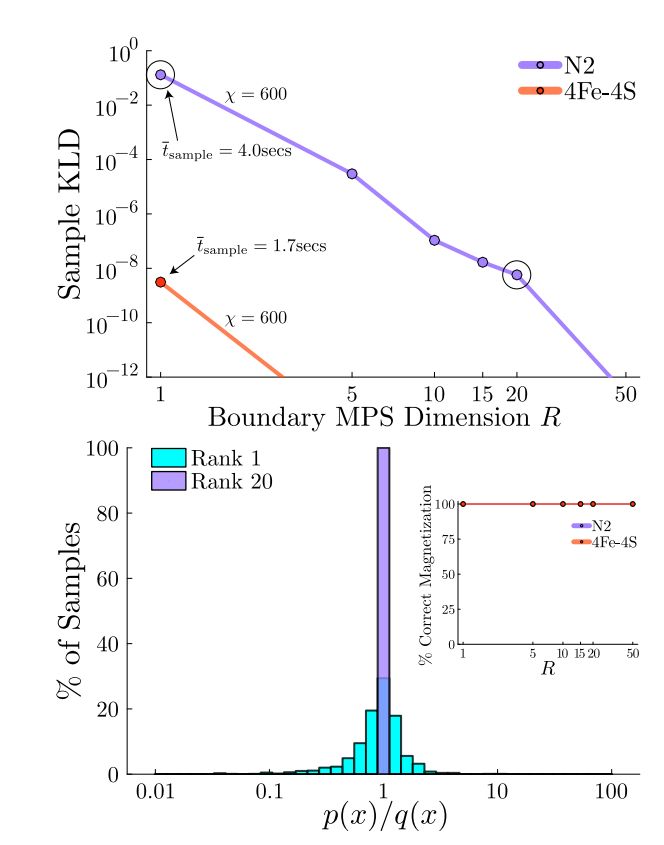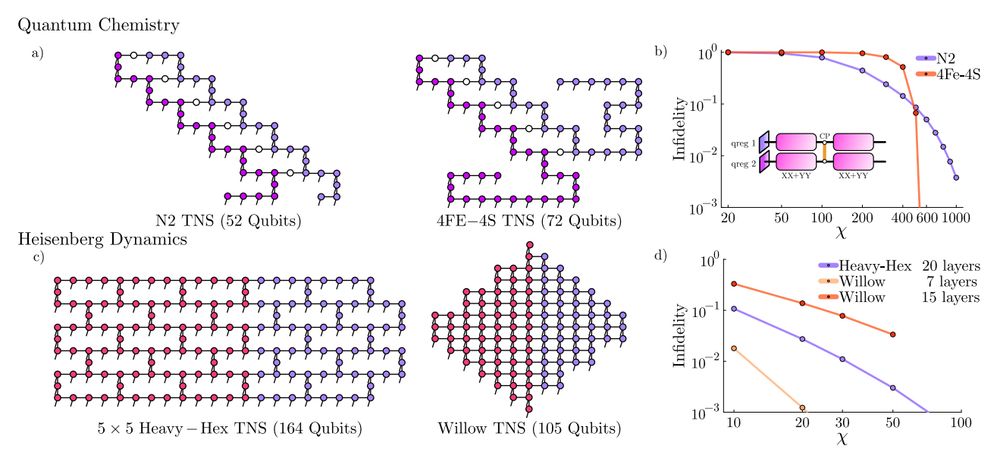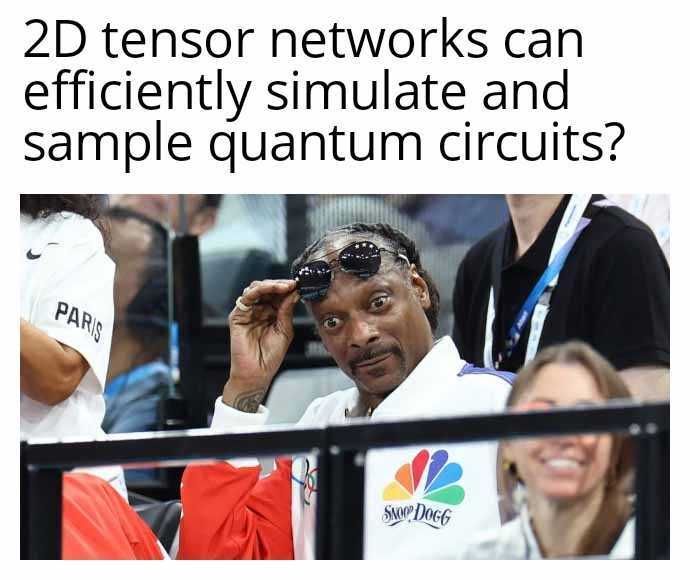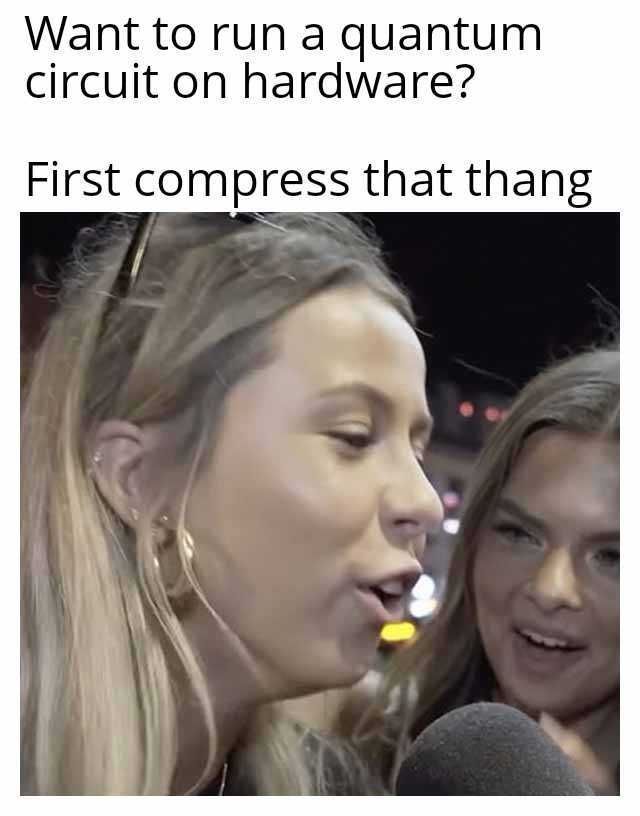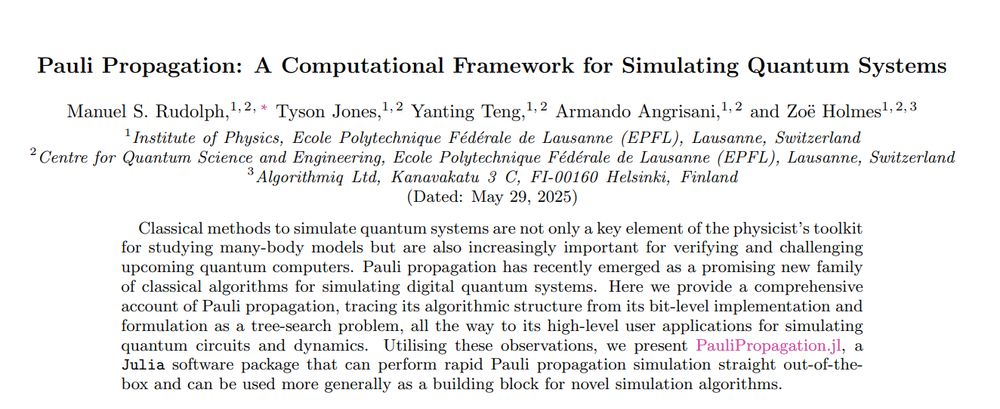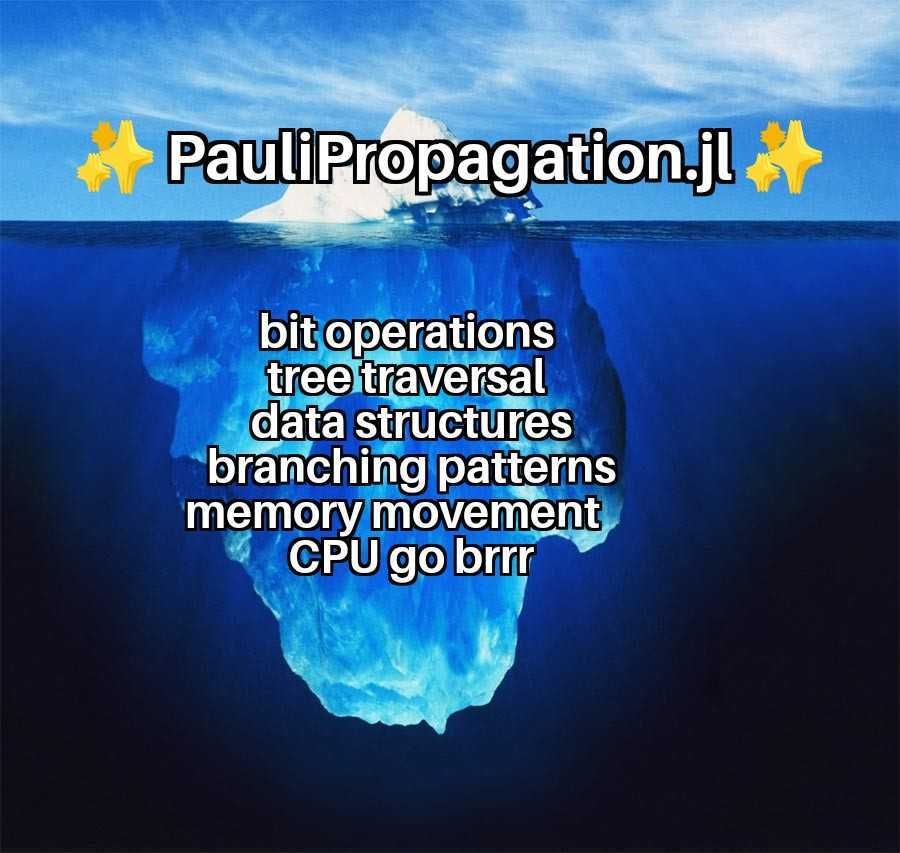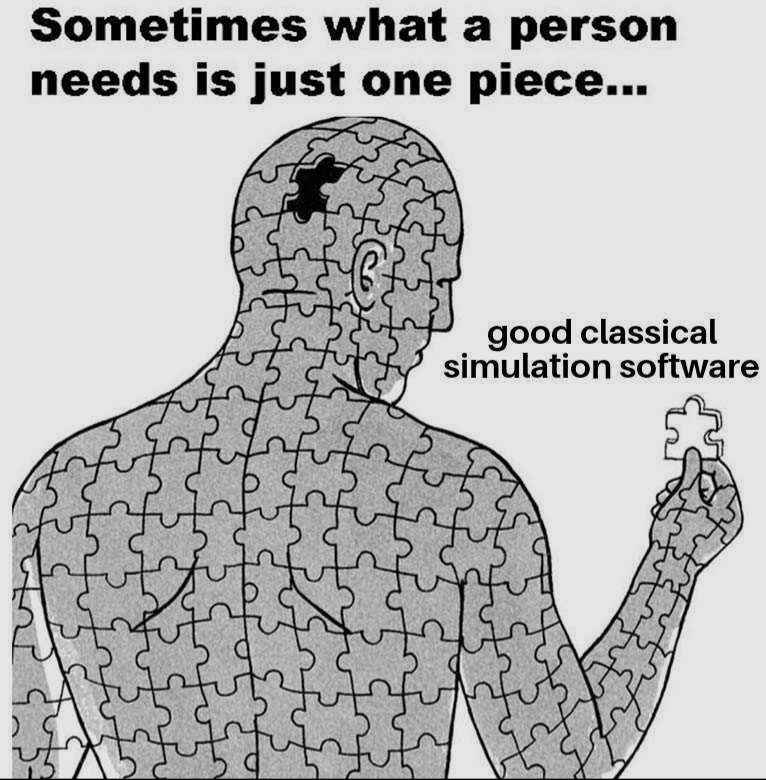Manuel Rudolph
@quantummanuel.bsky.social
600 followers
160 following
35 posts
Student Researcher @Google Quantum AI 🇺🇸
PhD Candidate in Physics @EPFL 🇨🇭
I like simulating quantum computers 💻
Posts
Media
Videos
Starter Packs
Reposted by Manuel Rudolph
Marco Cerezo
@mvscerezo.bsky.social
· Aug 26

Does provable absence of barren plateaus imply classical simulability? - Nature Communications
There has been growing evidence that strategies to circumvent the barren plateau problem in variational quantum computing might also kill potential quantum advantages. In this Perspective, the authors...
www.nature.com
Reposted by Manuel Rudolph
Manuel Rudolph
@quantummanuel.bsky.social
· Jul 16
Manuel Rudolph
@quantummanuel.bsky.social
· Jun 30
Reposted by Manuel Rudolph
Manuel Rudolph
@quantummanuel.bsky.social
· May 29
Manuel Rudolph
@quantummanuel.bsky.social
· May 29
Manuel Rudolph
@quantummanuel.bsky.social
· Mar 16
Manuel Rudolph
@quantummanuel.bsky.social
· Mar 13
Manuel Rudolph
@quantummanuel.bsky.social
· Mar 13
Manuel Rudolph
@quantummanuel.bsky.social
· Mar 13
